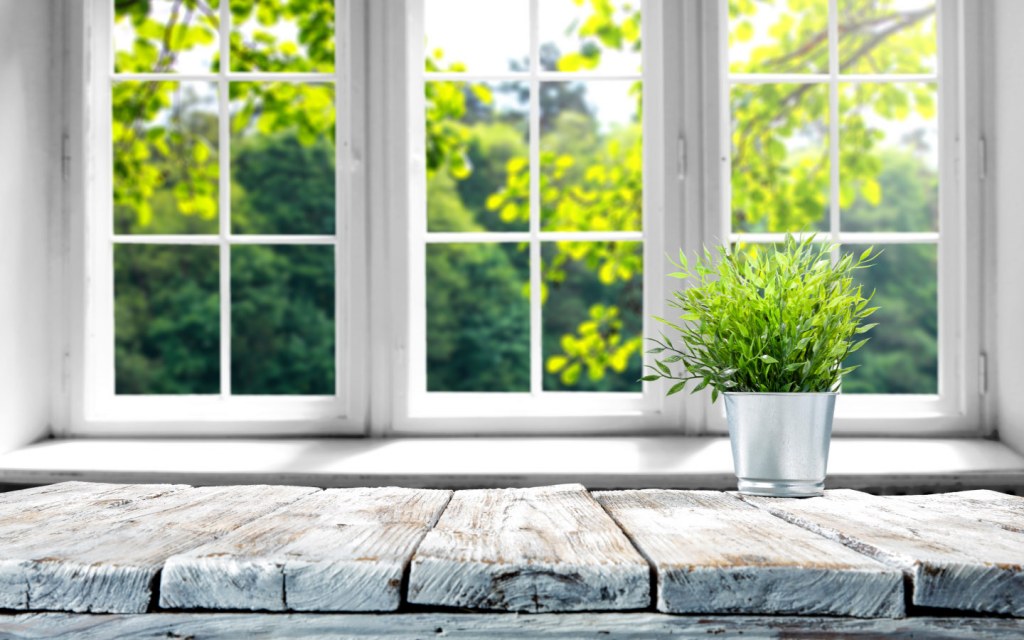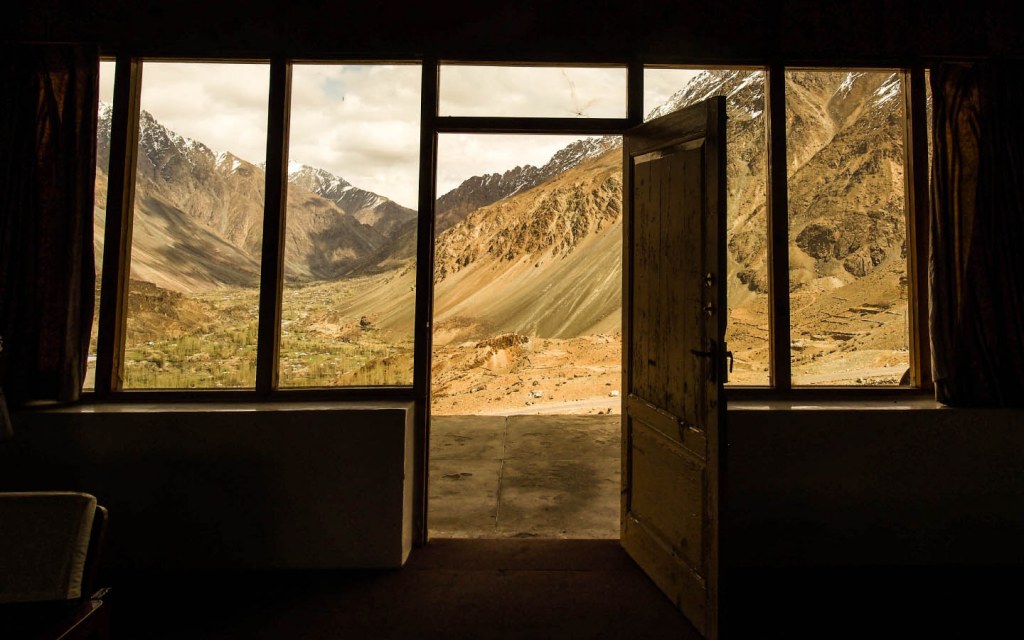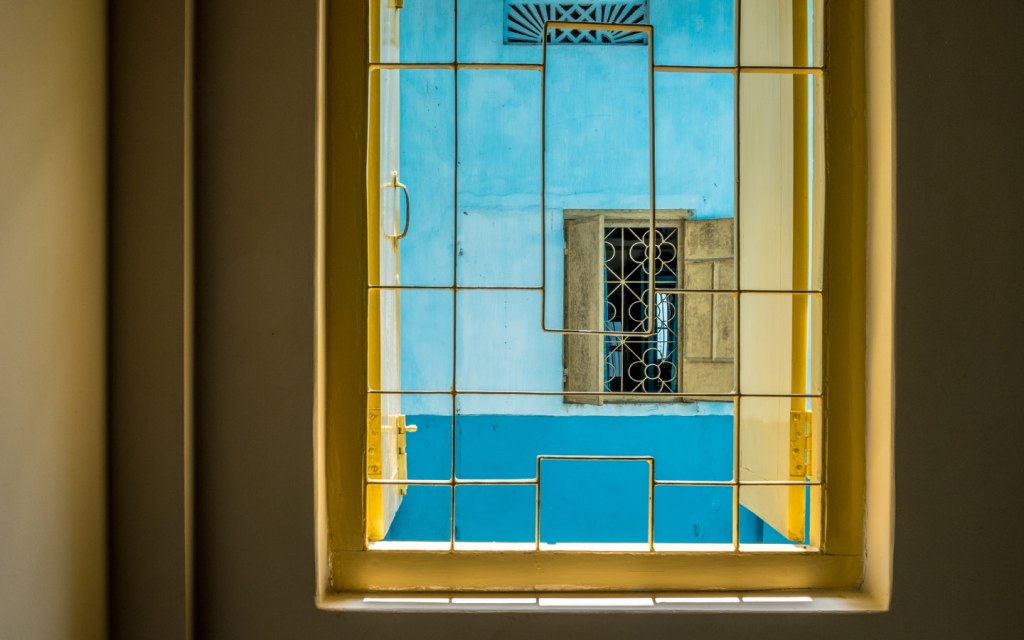Home » Construction » Placement of Windows in a Home—What to Consider
Windows are often the most overlooked and neglected part of a home’s design, even though their presence and placement play a crucial role in determining the look you want to achieve for your exterior. Windows also play the role of a gatekeeper and control how much sunlight and fresh air enters your home, along with making way for amazing views if your house is located in the northern areas of Pakistan. As such, adding windows haphazardly to the floor plan is not the right way to go about it. Window placement is both a science and an art, and there are several factors to consider when determining the placement of windows in a house.
Window Placement: What to Consider When You’re Designing a Floorplan
There are a number of factors to consider for the right window placement in a home’s layout. Here’s a quick list:
- The surroundings
- Air ventilation
- Natural light
- Different styles
- The view
- The rooms
- Privacy
- Size and height
Let’s discuss these considerations for placing a window in a floorplan in detail.
The Surroundings

When you’re building your new home, cardinal directions will play a major role in determining where you want to place the windows and outdoor seating areas in the layout. The four cardinal points are north, south, east, and west. Since the sun rises in the east and sets in the west, a home built in the colder, northern regions should face the east to make the most of the sun’s heat, but in the south of Pakistan, people generally prefer west-facing homes and flats, since that allows a light breeze to flow freely through the house throughout the year.
Air Ventilation
Once you’ve oriented yourself with the direction of the home you’re building, the next important factor in the placement of windows in a house is ventilation, which can make the interior airy or stuffy, depending on where you’re marking the openings in the floorplan. As mentioned above, west-facing flats are in high demand, since homes with balconies or windows to the west remain generally airy and breezy throughout the year.
Natural Light

If you hate being woken up by the sun peeking through the curtains in the morning, avoid east-facing windows. Similarly, if you want to make your open floorplan seem more spacious, consider adding large windows that let more light in. You’ll especially want to consider window placement to make the most of the available daylight if your home’s location gets very little or no sunlight during the day due to high-rise constructions or a north-facing or south-facing home.
Different Styles
Windows are available in a range of materials, shapes, and sizes, but there’s no definite answer to what’s best for your home. There’s also no restriction on using only one type of window for a house in Pakistan. Thus, you can blend casement windows, sliding windows, and picture windows in a single layout, depending on your use and needs.
However, consistency in window materials is recommended to bind the interior layout together. There are two primary construction materials used for windows in Pakistan, and you can choose between wooden or aluminium windows for your construction project. You also need to consider the façade of the house and figure out where window placement would be the most appropriate.
The View

Homes located in scenic locations should have large windows that make the most of the fabulous views of the mountains, forests, or even the cityscape. Why should you capitalise on the view, though? Well, it is more than likely that you’ve paid extra for the location of the house itself, so why not make the most of it every day from the comfort of your indoors? Even city dwellers can add floor-to-ceiling windows in their living areas that give them a view of the garden or backyard and help bring nature indoors.
The Rooms
Irrespective of how scenic the location might be, you’ll generally want to place the smallest windows in the bathroom, while adding the largest ones in the lounge. What this tells you is that placing a window in a floorplan is all about which room you’re considering. An east-facing bedroom can make do with a medium-sized opening with blinds or curtains to block out the light, while the drawing-room might have a large picture window overlooking your well-tended garden.
In terms of functionality in each room, sliding windows above the sink work best for kitchens, where ventilation is critical to keep various smells and odours from spreading across the house. Bathrooms and bedrooms generally have windows that are placed higher up the wall to maintain privacy, while providing ventilation. All other living spaces can accommodate large windows, as long as you don’t have peeping and prying neighbours next door, which is the next factor to consider when you’re placing a window in a floorplan.
Privacy

The rooms where privacy is a priority are bathrooms and bedrooms, both of which should have high casement windows that offer light and air while preventing people from looking in on you while you sleep. Since apartment blocks in Pakistan, especially in the older parts of cities, are quite cramped, you can often witness a lack of privacy, with one window in a flat opening up to a view of the interior of another flat in the adjacent building.
Since you’re designing your home’s layout from scratch, you can conveniently avoid this by marking exactly where and at what height the neighbouring windows are placed, and then adding yours accordingly. You might also face privacy concerns if you want to add picture windows to a house located on the main road. A busy intersection means you’ll never be able to pull back the curtains to enjoy the views from the window to the fullest.
Size and Height
Ideally, windows in central living areas should be placed midway between the floor and the ceiling to give the best results. But they should only be about a foot or two below the ceiling in bathrooms and bedrooms to ensure complete privacy. Moreover, smaller rooms should not be dominated by large windows, while open floorplans demand big windowpanes to make the space appear spacious. Additionally, consider window placement with regards to the window treatment you’re using. After choosing between blinds and curtains, leave wall space above or to the sides of the windows accordingly to fit the window covering into place.
These are some of the top factors to consider before determining the placement of windows in a house. Well-placed windows will not only offer light and air, but they’ll also keep your indoors cool or warm as per their placement and exposure to the sun, helping you lower electricity bills. You can even consider installing energy-efficient glass or double-glazing to make your home weatherproof. These are the two main types of tempered glass used in Pakistan for windows, so you can choose the ones that work best for your particular requirements.
Read more home construction posts on Zameen Blog before building your dream home. Drop us an email on blog@zameen.com to get answers to your queries.



